With the sudden arrival of cooler temperatures, Taichung residents will be heading in droves to their city’s version of Beitou and Yangmingshan hot springs — Guguan (谷關).
Although probably enjoyed for centuries by local Atayal Aborigines, it was the Japanese who first developed the hot spring sources and founded the resort area we see today. Taipei residents used to the luxurious high standards of the capital’s hot spring resorts might find Guguan’s offerings a bit retro, but that’s part of their charm — affordable and with a spectacular location unmatched among any up north.
Guguan’s hot springs lie beside the Dajia River (大甲溪), which cuts a magnificent gorge through the western foothills of the Snow Mountain Range. There’s only one way to reach the resort — along the Central Cross-Island Highway (Provincial Highway No. 8). Once one of Taiwan’s best road trips, the highway connected Taichung with Hualien on the east coast, climbing over the Snow and Central Mountain Ranges. Today part of the western half remains closed, following catastrophic damage during the 921 Earthquake.
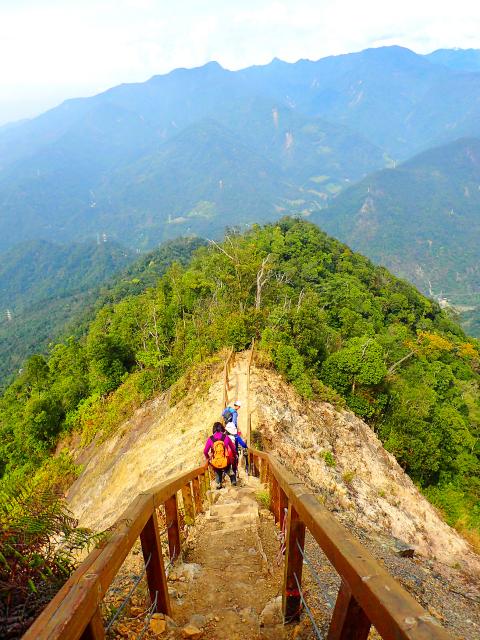
Photo: Richard Saunders
For hikers across the nation, the area is famed for the Seven Heroes of Guguan (谷關七雄), a series of nearby peaks ranging in height from 1.3km to over 2.3km. They’ve become popular (though strenuous) day hikes, all starting in or near Guguan. Curiously, the seven peaks have both Japanese and Chinese names (Guguan was one of three main logging areas during the Japanese era). All seven have well-maintained, easy-to-follow trails, but unless you’re a strong hiker, pick a few longer hikes around Yangmingshan’s peaks before attempting any of them.
Serious hikers will want to complete all seven peaks, which would take at least a month of weekends and a considerable supply of energy. Less ambitious hikers should start with the two distinctive and less strenuous peaks described below, and move onto climbing the tougher ones later.
Dongmao Mountain (東卯山; 1,690m) is the shapeliest of the seven peaks, with a striking pyramidal profile. Surprisingly, it’s by a good whack the easiest to climb, courtesy of the long, zigzagging trail which reaches up to the peak. With 900m of vertical ascent from trailhead to summit, it’s no walk in the park, but it’s probably the best choice for a first Hero.
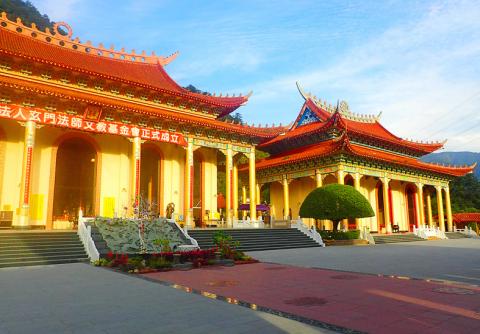
Photo: Richard Saunders
The trailhead is at Guguan Monastery (谷關大道院), nine kilometers west of Guguan village, which offers tourists simple but comfortable dormitory accommodation (free, but leave a donation). It’s a popular base to stay among weekend hikers bagging a couple of the Heroes, so if you want to stay, book ahead.
The route to the summit first follows a surfaced track that winds uphill past the huge monastery complex. It soon becomes a dirt trail, lying along the base of a cliff for a while before zigzagging gently uphill through the forest. Only the last few hundred meters of the trail is steep, with an easy rock face to scale (with the help of a rope), then a short scramble up a scree of loose rocks to reach the peak. The reward from the boulder-strewn summit is a magnificent 270-degree panorama over greater Taichung City — easily the finest view of the Seven Heroes.
Adventure lovers might prefer to approach the top via a more exciting route that branches left (marked by plastic ribbons tied to trees), and climbs along the rocky knife-edge spine of the ridge to the peak.
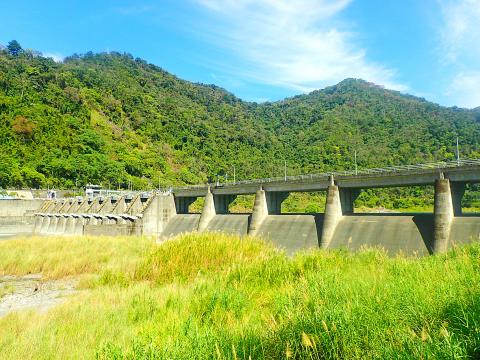
Photo: Richard Saunders
Allow five to six hours for the return hike.
Directly opposite Dongmao Mountain looms Baimao Mountain (白毛山; 1,522m), a more arduous but equally fine hike with expansive views from the peak. The trailhead is Maanba Dam (馬鞍霸), right beside Provincial Highway No. 8, a kilometer or so west of Guguan Monastery. Public vehicles can’t use the narrow road that crosses the dam, but it’s doable by scooter, which cuts off the first few kilometers of the hike. Turn right at the end of the dam and follow the road on the far side downstream beside the Dajia River (大甲溪), keeping to the dusty road on the left, uphill, to the trailhead at the end of the road.
It’s a long and steep climb, much of it through forest and just before the peak there’s a riveting short stretch along a short knife-edge ridge, giving incredible views in both directions in clear weather.
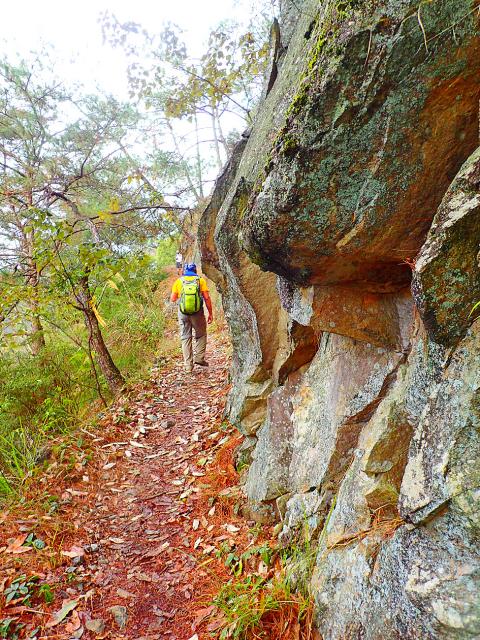
Photo: Richard Saunders
Allow six to seven hours for the 14km-long round trip.

May 26 to June 1 When the Qing Dynasty first took control over many parts of Taiwan in 1684, it roughly continued the Kingdom of Tungning’s administrative borders (see below), setting up one prefecture and three counties. The actual area of control covered today’s Chiayi, Tainan and Kaohsiung. The administrative center was in Taiwan Prefecture, in today’s Tainan. But as Han settlement expanded and due to rebellions and other international incidents, the administrative units became more complex. By the time Taiwan became a province of the Qing in 1887, there were three prefectures, eleven counties, three subprefectures and one directly-administered prefecture, with

Taiwan Power Co (Taipower, 台電) and the New Taipei City Government in May last year agreed to allow the activation of a spent fuel storage facility for the Jinshan Nuclear Power Plant in Shihmen District (石門). The deal ended eleven years of legal wrangling. According to the Taipower announcement, the city government engaged in repeated delays, failing to approve water and soil conservation plans. Taipower said at the time that plans for another dry storage facility for the Guosheng Nuclear Power Plant in New Taipei City’s Wanli District (萬里) remained stuck in legal limbo. Later that year an agreement was reached

What does the Taiwan People’s Party (TPP) in the Huang Kuo-chang (黃國昌) era stand for? What sets it apart from their allies, the Chinese Nationalist Party (KMT)? With some shifts in tone and emphasis, the KMT’s stances have not changed significantly since the late 2000s and the era of former president Ma Ying-jeou (馬英九). The Democratic Progressive Party’s (DPP) current platform formed in the mid-2010s under the guidance of Tsai Ing-wen (蔡英文), and current President William Lai (賴清德) campaigned on continuity. Though their ideological stances may be a bit stale, they have the advantage of being broadly understood by the voters.
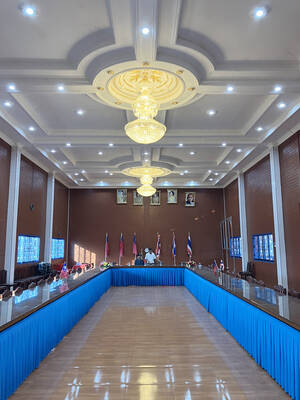
In a high-rise office building in Taipei’s government district, the primary agency for maintaining links to Thailand’s 108 Yunnan villages — which are home to a population of around 200,000 descendants of the Chinese Nationalist Party (KMT) armies stranded in Thailand following the Chinese Civil War — is the Overseas Community Affairs Council (OCAC). Established in China in 1926, the OCAC was born of a mandate to support Chinese education, culture and economic development in far flung Chinese diaspora communities, which, especially in southeast Asia, had underwritten the military insurgencies against the Qing Dynasty that led to the founding of